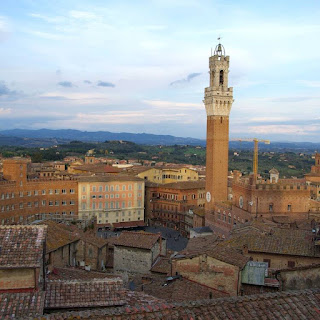Lollardy was an attempt in the later 14th century to make radical reforms in Western Christianity and the Roman Catholic Church. It had a synonym in "Wycliffite," because Lollards were followers of the reform ideas of John Wycliffe. "Lollard" was a pejorative nickname whose origin is uncertain, but may come from Middle Dutch lollaerd, "mumbler." In fact, "lollaerd" was used in the Netherlands much earlier than Wycliffe's movement for non-mainstream groups such as the Beghards/Beguines and Fraticelli.
So what are some of Wycliffe's points that caught on? One is the belief in consubstantiation. The Roman Catholic Church had been teaching transubstantiation: that the bread and wine were transformed into body and blood in a way that meant they were no longer bread and wine. Wycliffe said they remained bread and wine even though the presence of God was in them as well.
What else? How about that baptism and confession were not necessary for salvation? In the New Testament, in 1 Peter 2:9, it reads:
You are royal priests, a holy nation, God’s very own possession. As a result, you can show others the goodness of God, for he called you out of the darkness into his wonderful light.
Exodus 19:6 has "And ye shall be unto me a kingdom of priests, and an holy nation."
The Lollard idea was that everyone is part of a "universal priesthood" and therefore the Church does not have the ability to give a particular divine authority to a priest. With no special divine authority, there is no value in making a confession to a priest, and anyone can baptize.
Wycliffe also believed that everyone should have access to the Bible, and so he produced the first Bible translation into Middle English vernacular. (The illustration from the 19th century shows him giving his Bible translation to his followers.) I say "produced" because scholars now believe he guided others to write parts of it and did not write it all himself. Some think there were earlier English versions that he used/incorporated/was inspired by.
So how did Lollardy catch on? If it was so different from what the Church officially believed, was it going to receive a wide acceptance? Tomorrow we'll see who from the upper echelons of society might have adopted Lollard ideas.














